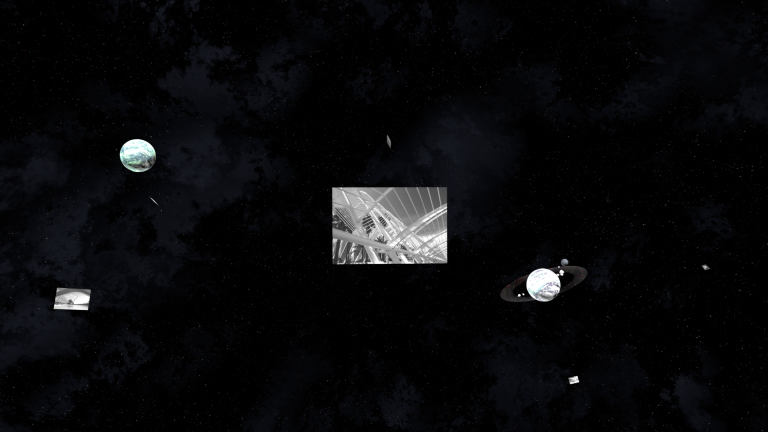Dancho Atanasov doesn’t just take photographs—he reshapes reality. Working at the intersection of surrealism and abstraction, Atanasov has created a distinct place for himself in the world of fine art photography. Through his platform, Art of Dancho, he offers more than images. His work pulls viewers into a dreamlike state where logic takes a back seat and instinct steps forward. Every photograph asks you to pause, not to observe what’s in front of you, but to feel what’s underneath it.
Video Trailer Link: https://www.youtube.com/watch?v=G1YlAeh7k3I
He started out with a love for storytelling and an early attraction to surrealism and expressionism. Over time, his tools changed, but that instinct to question what’s real stayed. Photography became his main form—yet not in the traditional sense. He abandoned straight representation and leaned fully into imagination. That shift marked the beginning of his fine art approach, where photography meets experimentation, and where clarity is replaced with ambiguity and wonder.
Atanasov’s recent work, Stars of Modern Architecture, Part 1, isn’t a standard photo exhibition. It’s an ambitious blend of architectural photography, animation, and digital environments. The series is designed not for a gallery wall, but for outer space—literally and virtually.
“Stars of Modern Architecture, Part 1” will participate as a 2D (HD 1920×1080) work on a big dedicated screen in FLOW—a curated fine, digital, photo & art exhibition—running from June 1–15, 2025, at ARTHOUSE.NYC, 9 West 8th Street, New York, NY.
This is more than putting photos on display. It’s about changing how photos are experienced. The idea started when Atanasov felt that static images weren’t enough. He wanted to go further—past the frame, beyond traditional presentation. So, he turned to Blender 3D, a tool used in digital animation and visual effects. He took his own photographs—mostly focused on modern architecture—and reimagined them in a cosmic context. The buildings aren’t just landmarks anymore. They orbit stars, float past nebulas, or sit anchored on alien planets.
To guide viewers through the space, Atanasov created a virtual camera path—like a theme park ride or space coaster. It doesn’t move in straight lines. It jumps, glides, spins, and dives through light and shadow, occasionally bursting through clouds of particles or asteroid fields. Each twist in the camera path reveals another photograph—presented with a kind of theatrical suspense. Sometimes it appears through fog. Other times, it’s blasted into the foreground by an explosion of light. The visual drama adds a new emotional layer to the photos themselves.
Music and sound design also play a key role. The exhibition is accompanied by a carefully composed score that rises and falls with the visual rhythm. This soundscape wasn’t added as an afterthought—it was built into the structure of the experience. Everything is timed: camera movement, sound, light, image transitions. The result is closer to immersive cinema than photography.
The entire project took over four months to complete. It’s available in different formats: traditional 2D HD (1920×1080), high-resolution 3D UHD (3840×2160), and even a 360 VR version for those with virtual reality headsets. A fulldome version is also in progress, which will allow audiences to sit beneath a dome while the visuals unfold around them in a planetarium-like space.
Stars of Modern Architecture, Part 1 will be shown in FLOW, a curated exhibition at ARTHOUSE.NYC in Manhattan from June 8 – 22, 2025. Atanasov’s work will be featured on a large dedicated screen in HD, but even in 2D, the immersive nature of the visuals holds up. The exhibition doesn’t just show photography—it invites you to travel through it.
This kind of work is hard to classify. It’s part visual art, part digital design, part storytelling, and part audio-visual installation. But at the center is Atanasov’s vision: photography that challenges what it means to see an image. He’s not focused on realism or documentation. He’s interested in interpretation, in bending light and space to create a mood or spark a thought. His work doesn’t explain—it suggests. It doesn’t tell—it shows just enough, and then pulls away.
With Stars of Modern Architecture, Atanasov makes one thing clear: fine art photography doesn’t have to stay still. It can move, fly, explode, and drift into places we’ve never seen—whether in the physical world or the imagined one.


